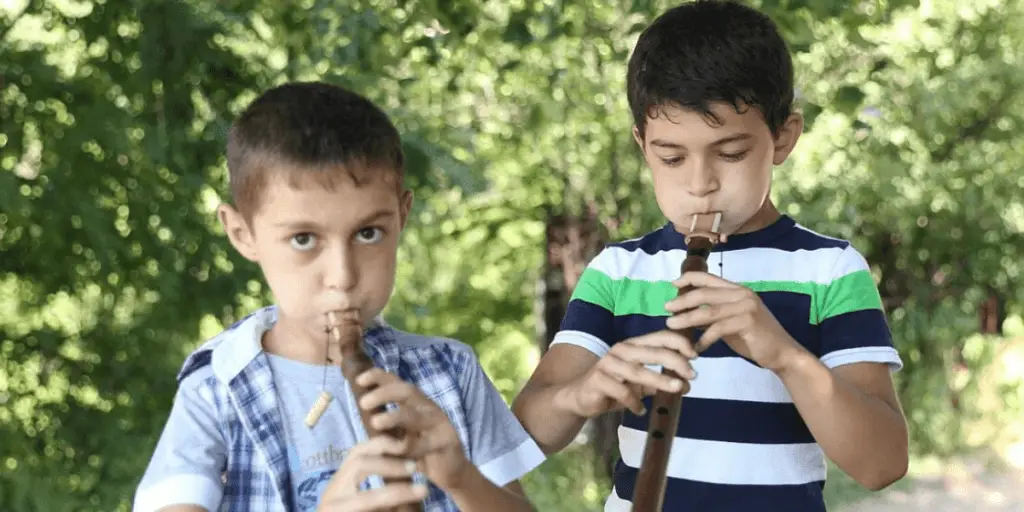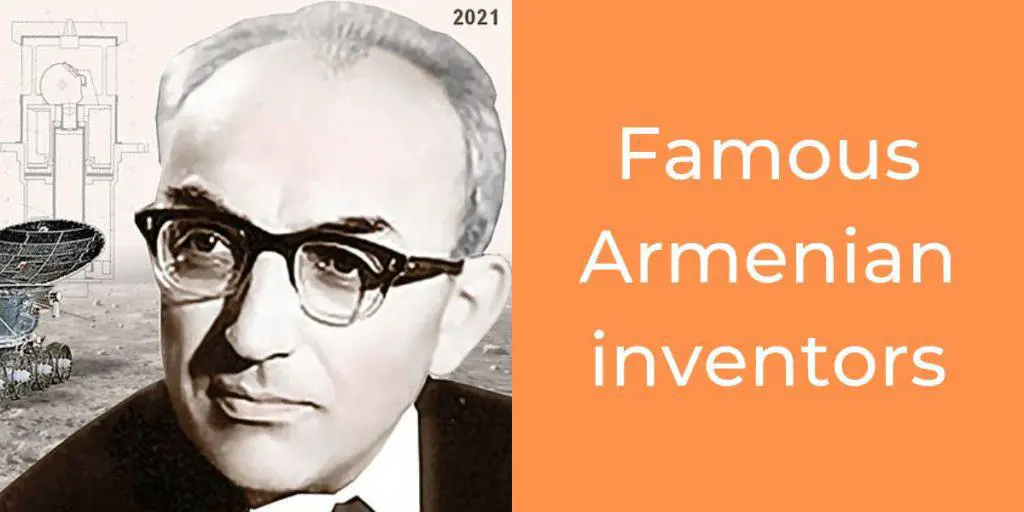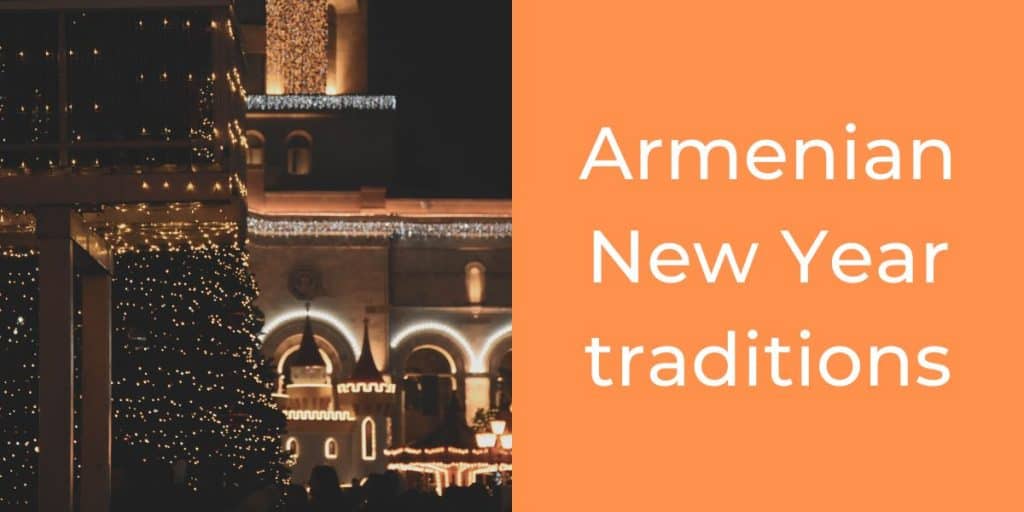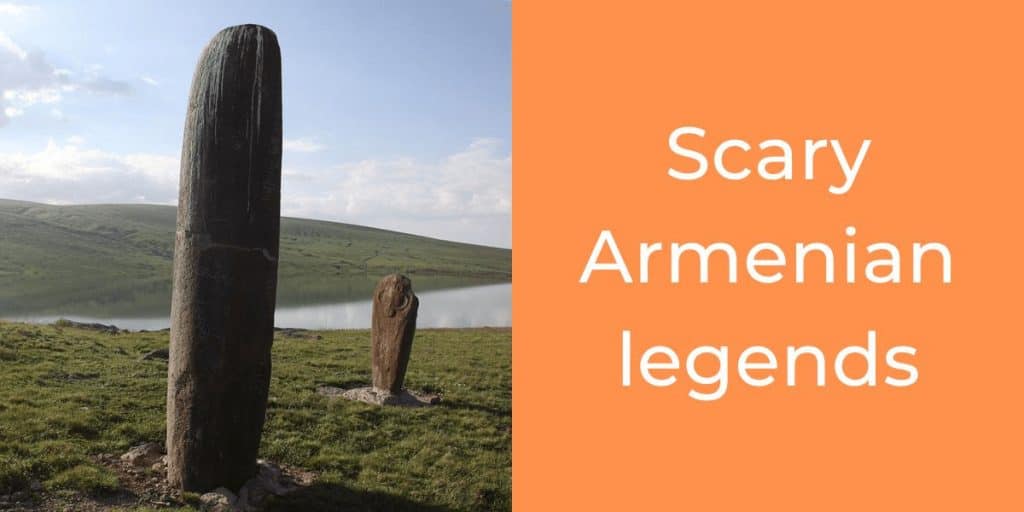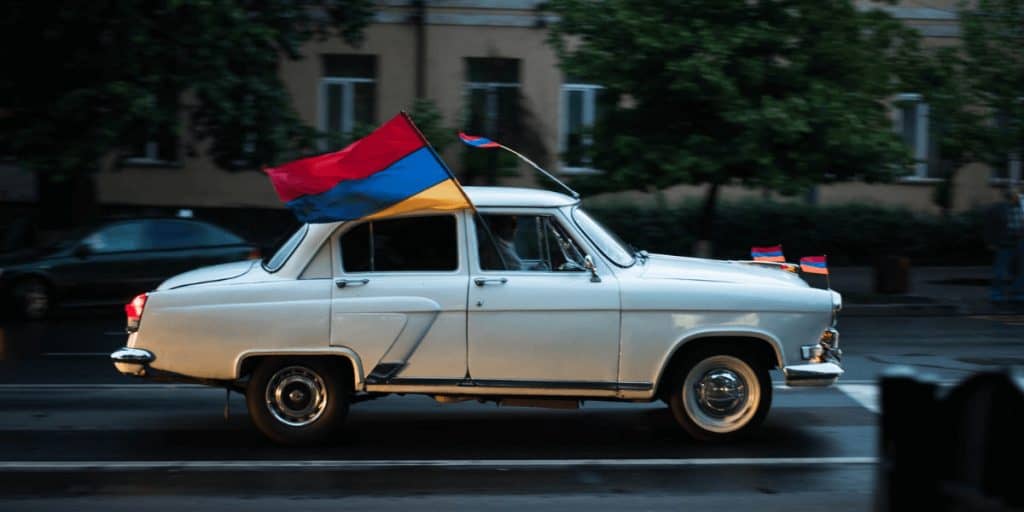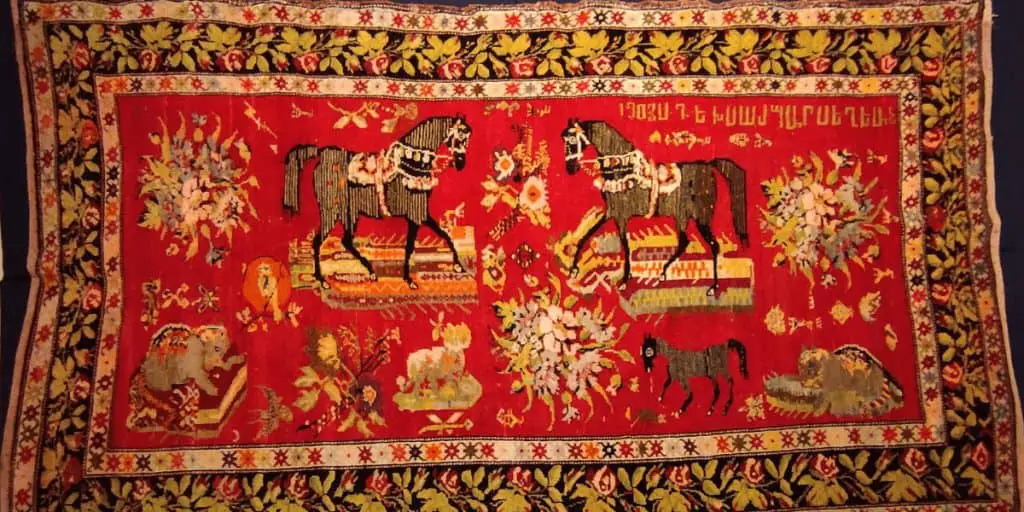As the history of Armenia, Armenia folk music dates millenniums back. The first traits were mentioned in the 3rd millennium BC. Sure, Armenian folk music history was influenced by both Western and Eastern cultures since Armenia itself is at the crossroads of those. Let’s see what this wonderful country has to offer in terms of folk music. If you find the blog post interesting or have more to say on the topic, please ping me on Twitter or Instagram with #ArmeniaTravelTips.
Armenian traditional music: Western or Eastern culture?
Let’s first make it clear that Armenia is a country with influences from the Middle East and the West. Therefore, the music itself is very much a reflection of these influences. You can find many Turkish and Arabic influences on Armenian folk music. But the music itself also has some unique elements that could have only evolved in our culture. It is described by a monotone, single-voice structure, and a unique tonal system. You can find a lot of melodic and rhythmic inventions in the Armenian folk genre that developed parallel to the development of ashkharapar – the Armenian modern-day spoken language. Just like our bird letters, Armenian music is unique.
Gusan Ashugh tradition
When we talk about Armenian folk music, we can’t fail to mention gusan ashughs. These are musicians, singers, and professional folk actors that were known in Armenian society for centuries. In fact, the first mention of gusan ashughs dates back to the 17th century. Before the rise of Ashughic culture in Armenia the role of singing troubadours was taken by the Gusans. Their compositions had less middle eastern influence.
Armenian ashugh tradition was shared by others in the Middle East, including in Turkey, Iran, Azerbaijan, and Arab countries. The word “ashugh” means “in love” in Arabic.
The most famous gusan ashughs in Armenia were Sayat Nova, Sheram, Jivani, and many others. I will talk about Sayat Nova separately as he is one of the most outstanding performers of Armenian folk music.
Traditional Armenian Instruments
Among traditional Armenian instruments, above all I should mention Armenian wind instruments made of apricot wood, because these are the most characteristic ones for our folk music. These were zurna, sring (reed, flute), blul, and also duduk.
But there are other varieties of Armenian traditional instruments like kamancha, parkapzuk, dhol, tar, qanon, and many others.
Each of these instruments makes Armenian musical art unique in its own way. The sound of the Armenian duduk is touching many hearts. Just listen to any snippet of the video below. It’s so incredibly deep and somber, one of my friends even told me it’s perfect for emotional healing sessions, like meditation etc. By the way, I have a whole post dedicated to the Armenian duduk history, with more amazing samples in it. So, check it out.
Notable figures of Armenian folk music
Komitas
Why do Armenians adore Komitas? He is an important figure because he collected Armenian folk songs and conducted exact and detailed research on Armenian musicology on the scientific level. He also composed his own folk-based songs. Many of his liturgical chants are favorites of Armenians and are widely known in the world. We consider Komitas as our foremost composer.
Komitas was born in Anatolia, Turkey in 1869. After a successful musical carrier as a folk song collector, researcher, and composer, Komitas witnessed one of the most tragic events in Armenian history – the Armenian Genocide. In April 1915 he was arrested along with other outstanding Armenian writers, artists, publicists, and other intellectuals.
He witnessed the brutal extermination of the nation’s brightest minds. The tragedy affected his health and he git into in a psychiatric hospital. He spent the last 20 years of his life in Paris and found peace in October 1935. In the spring of 1936, the Armenian authorities transported his remains and buried in the Pantheon of prominent figures in Yerevan.
To this day we consider his work among the most significant contributions to what we know today about the history and development of Armenian musical culture. Festivals, music halls, schools and other institutions in modern day Armenia carry his name, because we believe we should not forget his talent and efforts in restoring and preserving our folk culture.
Sayat Nova
Sayat Nova, also known as Harutiun Sayadian, was an 18th century Armenian folk song composer, poet, singer, and a player of kamancheh. He composed and performed poems and songs in many different languages, including Armenian, Georgian, Persian, and Azerbaijani, which of course makes several nations of our region fight over who gets to claim him as one of their own. 🙂 Born in a village close to Tbilisi (modern-day Georgia) into a family of Armenian parents (Sara and Karapet), he spent most of his life traveling throughout the region, performing for the kings and nobles of the time.
People loved Sayat Nova (and love to this day) for his heartfelt compositions, which often featured very romantic themes and the idea of loss. He is considered one of the most important figures in Armenian cultural history and folk music in particular.
Contemporary Armenian folk music
Folk music is still very much ingrained in Armenian culture. There is good proof for that. Modern-day Armenian bands often branch out into the area of folk music to explore their talents in this genre. It’s also quite paradoxical that it almost seems that musicians in the Armenian diaspora around the world are even more successful on the global scene at creating in this folk genre. Some notable examples are:
Collectif Medz Bazar
Collectif Medz Bazar is a Diaspora band of Armenian, Turkish, French, and American descent musicians. They have an interesting mix of traditions as well as have created original arrangements of their own. ‘Done Yar’ is a great example of an old folk song that they managed to present in a contemporized manner. Check it out below – I love it!
Ethno Colors
Ethno Colors of “Colors of music” band was established in 2007 by the band’s leader, pianist Arthur Harutunyan. The goal of the group is to take the real Armenian ethnic songs and music out of the villages, from the libraries, remake them with new instruments, and present them to people. Most of the songs are from Komitas or various historic regions where Armenian communities resided for centuries, like Hamshen, Tigranakert, Sasun, Mush, Van, Musaler. For example, the song ‘Garmi’ is a very old Hamshen song. Very interesting flavored music. Watch the video, you won’t regret it.
Ladaniva
Ladaniva is an absolute superstar and a very beloved band in Armenia these days, despite the fact it originated in France. The lead singer is a classic example of a diaspora Armenian kid who maintained her connection to her roots despite growing up in various countries in Europe. Their ‘Kef Chilini’ song has gathered over 24M views on YouTube and it’s clearly a big deal! They sing their Armenian songs in a traditional Armenian folk style, but the delivery feels very fresh and modern, which makes it so relevant.
Wrapping up
Some people love to know about the Armenian folk music history because it reminds them of their roots. However, others don’t look for culture but just love the genre. Whatever your reason, it’s worth listening to this amazing music that touches one’s heart. Scary Armenian legends tell that skillful duduk players even encountered supernatural forces that cause destruction. Just a tale but who knows? f you liked this post you might enjoy learning more about the Armenian culture, or for example, why Armenian women wore braids in the past. Thank you for being interested in our culture. And if you learn something new, do share it with me on Twitter or Instagram with #ArmeniaTravelTips. Cheers!
Featured image credit: Photo by Andznakan on Wikimedia (CC)
Please help me make Armenia more popular!
